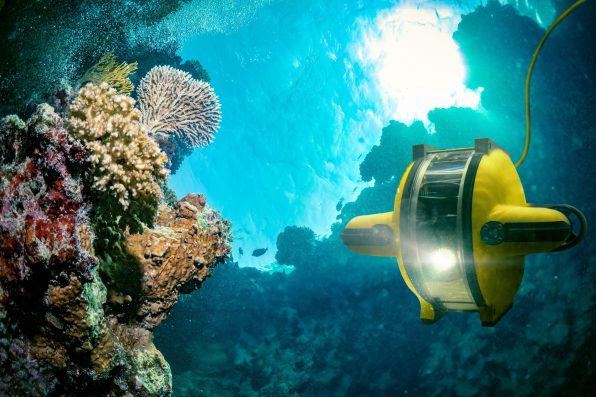A Recent Deep-Sea Expedition In South America Led To The Discovery Of Over 100 New Marine Species And Previously Unknown Underwater Mountains

Recently, a group of researchers went on a deep-sea expedition in South America and uncovered more than 100 new marine species in addition to some previously unknown underwater mountains.
The discoveries are proof that we aren’t anywhere close to figuring out all the secrets that the ocean contains.
In January 2024, the scientists boarded the Schmidt Ocean Institute’s research vessel to explore the sea floor off the coast of Chile. The team was led by Dr. Javier Sellanes from the Universidad Católica del Norte in Chile.
The expedition was focused on investigating underwater mountains known as seamounts. The Nazca and Salas y Gómez ridges, which are two chains of over 200 seamounts, stretched 1,800 miles from Chile to Easter Island. The Juan Fernández and Nazca-Desventuradas marine parks were also surveyed.
Around 20,400 square miles of ocean were mapped. During the process, the researchers stumbled across four solitary seamounts that had never been recorded before.
The biggest one stood at 11,581 feet. It is four times taller than the Burj Khalifa, the world’s tallest building, which measures 2,716 feet high.
The team also used a remotely operated vehicle to scout the slopes of 10 seamounts. That was when they discovered more than 100 new species, including corals, glass sponges, sea urchins, crustaceans, and more.
Images and video footage of the terrain showcased a beady-eyed lobster, octopuses, and a bright red “sea toad” with hands in place of fins. Additionally, there was a forest of bamboo corals that were most likely thousands of years old.
“You always expect to find new species in these remote and poorly explored areas, but the amount we found, especially for some groups like sponges, is mind-blowing,” Sellanes said.

Sven Bachstroem – stock.adobe.com – illustrative purposes only
Samples of the creatures were taken so researchers could determine whether each species really was new to science. The process can take years, especially with the vast amount of data they have to work with.
Many of the species lived within vulnerable habitats, such as sponge gardens and cold-water corals. These areas are at high risk of being damaged by deep-sea mining and fishing.
The Juan Fernández and Nazca-Desventuradas marine parks are legally protected from these activities, so the species located there will remain safe. However, the Nazca and Salas y Gómez ridges are currently unprotected.
“This part of the world is important because of its biodiversity and also because it’s a very interesting geological region,” said Jyotika Virmani, the executive director at Schmidt Ocean Institute. “It’s the meeting of a number of plates, tectonic plates.”
Another expedition is already in progress to continue the exploration of the region. It’s important to study these more isolated areas of the deep sea so that we can further our knowledge of life on Earth and help preserve the incredible communities that live there.
Sign up for Chip Chick’s newsletter and get stories like this delivered to your inbox.
More About:News





